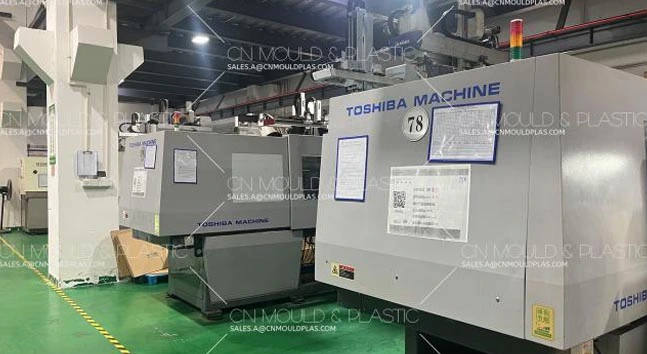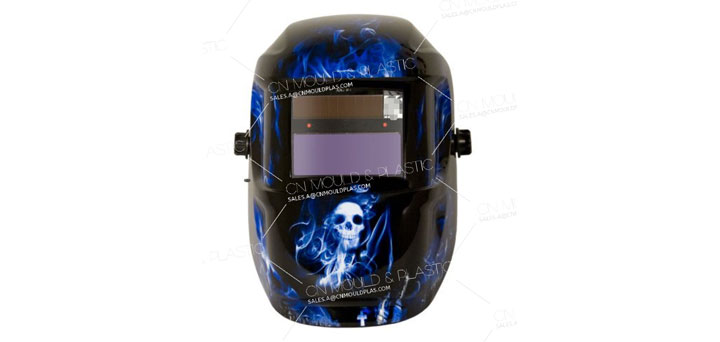(1) Causes of Cracking:
Injection molded products are prone to cracking at the gate, especially near direct gates, primarily because the gate is the narrowest part of the mold flow channel. This requires higher injection pressure, holding pressure, and longer hold times, causing significant deformation in the material. Since the gate area has a short flow path and cools quickly, it’s difficult for the material to recover from deformation, creating high internal stresses in this area. During demolding, the demolding force, particularly at direct gates, can be high, which often leads to stress-induced cracking and visible cracks.

(2) Prevention Measures:
Optimize Gate Size and Position
Using a larger gate with a shorter hold time and lower sealing pressure reduces internal stress. Positioning the gate in a thicker section of the part also lowers injection and holding pressures, which reduces internal stress.
Adjust Processing Parameters:
Increasing the barrel and mold temperatures, reducing injection pressure, and shortening the hold time can help minimize or eliminate cracking.
Increase Demolding Draft Angle:
A larger draft angle on the mold lowers demolding force, allowing for smooth part ejection and reducing the likelihood of stress cracks.
For example, in a case where a product with varying diameters and uneven thickness had a gate located in the bottom conical section, cracking occurred at the gate. Upon investigation, the technical team found that the gate’s placement in the thinnest area, coupled with high injection and holding pressures, generated excessive internal stress. Additionally, the direct gate design increased demolding force, leading to stress cracking in the thin-walled bottom. By implementing multi-stage injection, reducing feed speed and pressure at the gate, and increasing injection speed in the thicker area, the cracking issue was significantly reduced, allowing normal production.

